185
According to the precepts of my grandmother, I keep cereals for years, the moth does not start, the mice do not look into the kitchen cabinets.
In times of crisis, when it is unclear what will happen next, people try to collect at least small stocks of food at home. But often, errors are made when storing such stocks, because of which everything soon deteriorates. So today's editorial office. "Site" will tell how to store cerealsSo that they lie down longer, do not change the taste and do not become a haven for pests.
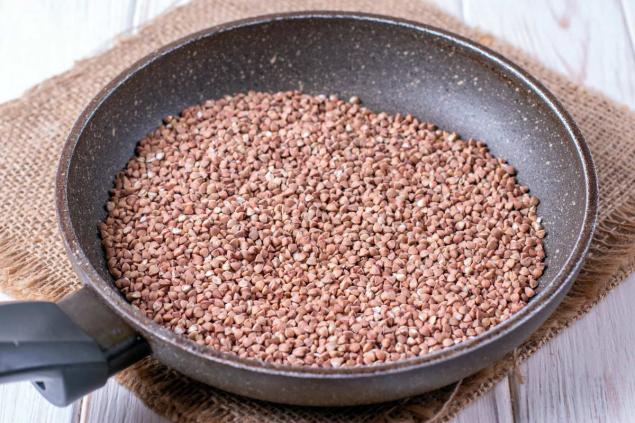
Once upon a time I had to leave the city for 6-7 months. Of course, there are a lot of buckwheat, rice and other cereals in the kitchen. But since everything was closed in packages, and the expiration date was not yet close, I did not worry, Maria writes.

“On my return, of course, the first thing I decided to do was to cook myself. I remembered about buckwheat, opened the package and was horrified - a moth flew out of there, then another one. I wanted to eat a lot, so I tried buckwheat, washed it several times and cooked it.
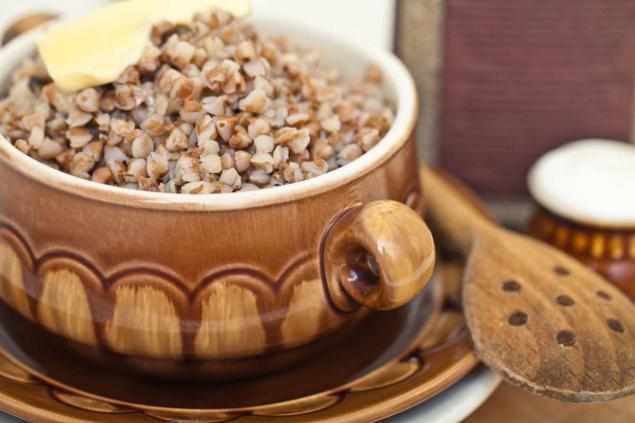
At the same time, the very fact that pests were planted in closed bags with cereals did not give me peace. It was unclear how the moth ended up in a tightly sealed bag. Either she managed to get in there somehow, or it's not the bad packaging.
I decided to ask my grandmother for advice, because I knew that she always had large stocks that were stored for years. Moreover, the shelf life of cereals on the package is usually indicated about two years, and the grandmother manages to keep everything intact for 5 years and even more.
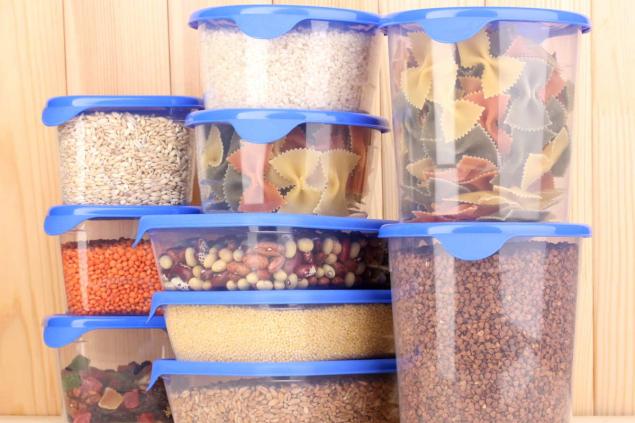
It turned out that in this case she uses a long-standing and well-tested trick, which she brought from somewhere else from a Siberian village. And it is interesting that my grandmother collected all her supplies in the winter.
She was preparing food in sacks. In cold weather, she left a bag of cereal in the yard for a couple of days. During these 3-4 days, there were no pests left in the bag. And then Grandma put the cereal in the big cans. By the way, she had banks and 5, and even 10 liters.
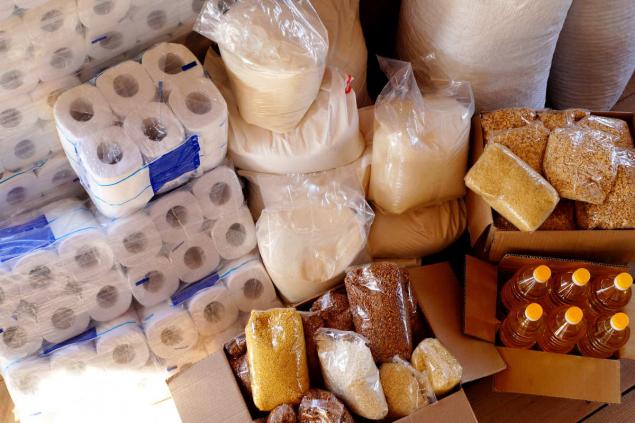
And at the bottom of each can, she necessarily sent a bay leaf. The containers themselves were tightly closed with lids. Then large banks were put in the pantry, and smaller banks (the same five-liter ones) were just under the bed.
I haven't had to store bags of cereal yet. So I don’t keep the same buckwheat on the street, but in the freezer of the refrigerator. Then I put it in a regular three-liter jar. Moths and other pests don't start. I hope this life hack will be useful to someone, Maria writes.
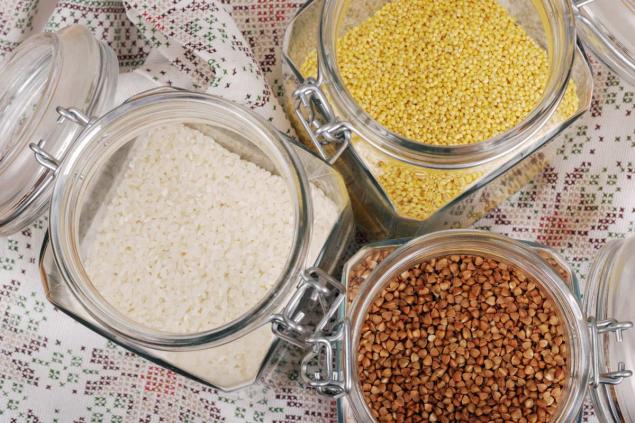
The editorial board of this method looks quite reliable. Although instead of bay leaf at the bottom of the container with cereals, you can send several cloves of peeled garlic or even a pod of red pepper. Moths, mice and other pests will bypass such reserves.
What tricks do you use when storing cereals?

Once upon a time I had to leave the city for 6-7 months. Of course, there are a lot of buckwheat, rice and other cereals in the kitchen. But since everything was closed in packages, and the expiration date was not yet close, I did not worry, Maria writes.

“On my return, of course, the first thing I decided to do was to cook myself. I remembered about buckwheat, opened the package and was horrified - a moth flew out of there, then another one. I wanted to eat a lot, so I tried buckwheat, washed it several times and cooked it.

At the same time, the very fact that pests were planted in closed bags with cereals did not give me peace. It was unclear how the moth ended up in a tightly sealed bag. Either she managed to get in there somehow, or it's not the bad packaging.
I decided to ask my grandmother for advice, because I knew that she always had large stocks that were stored for years. Moreover, the shelf life of cereals on the package is usually indicated about two years, and the grandmother manages to keep everything intact for 5 years and even more.

It turned out that in this case she uses a long-standing and well-tested trick, which she brought from somewhere else from a Siberian village. And it is interesting that my grandmother collected all her supplies in the winter.
She was preparing food in sacks. In cold weather, she left a bag of cereal in the yard for a couple of days. During these 3-4 days, there were no pests left in the bag. And then Grandma put the cereal in the big cans. By the way, she had banks and 5, and even 10 liters.

And at the bottom of each can, she necessarily sent a bay leaf. The containers themselves were tightly closed with lids. Then large banks were put in the pantry, and smaller banks (the same five-liter ones) were just under the bed.
I haven't had to store bags of cereal yet. So I don’t keep the same buckwheat on the street, but in the freezer of the refrigerator. Then I put it in a regular three-liter jar. Moths and other pests don't start. I hope this life hack will be useful to someone, Maria writes.

The editorial board of this method looks quite reliable. Although instead of bay leaf at the bottom of the container with cereals, you can send several cloves of peeled garlic or even a pod of red pepper. Moths, mice and other pests will bypass such reserves.
What tricks do you use when storing cereals?
Millionaire kicked out daughter for getting mixed up with poor, poor 5 years living in a car with children
Is it worth considering Latvia as a country for emigration?






















